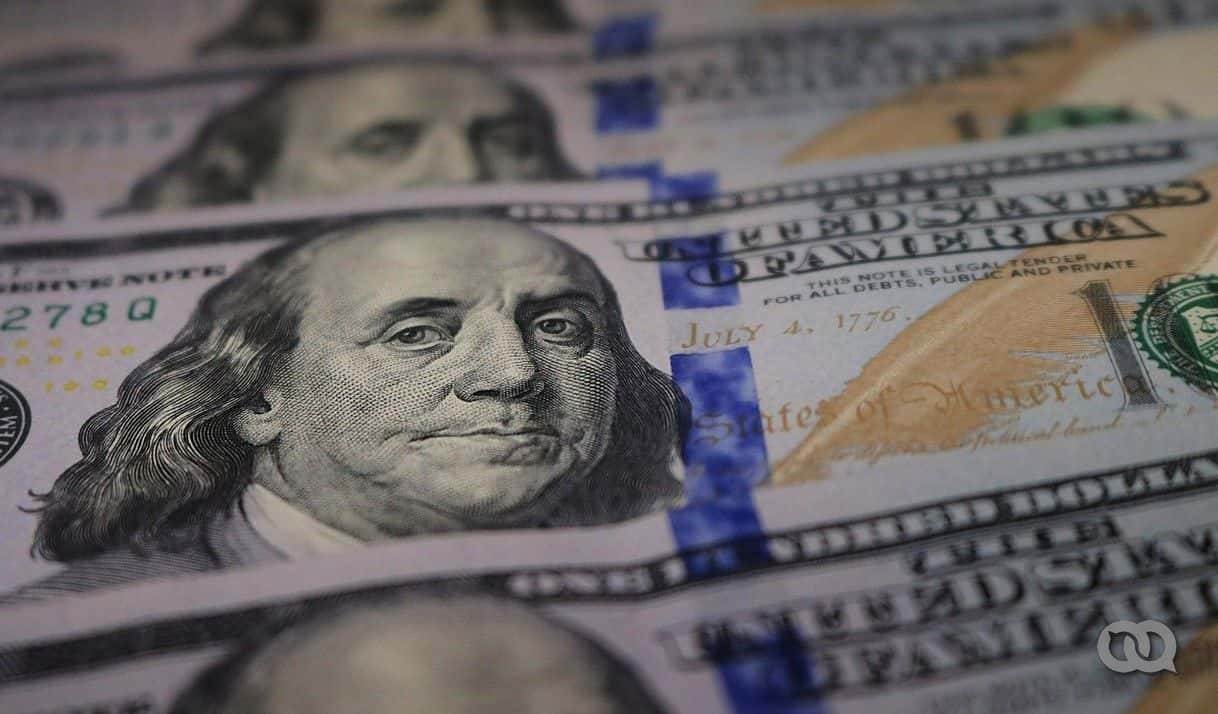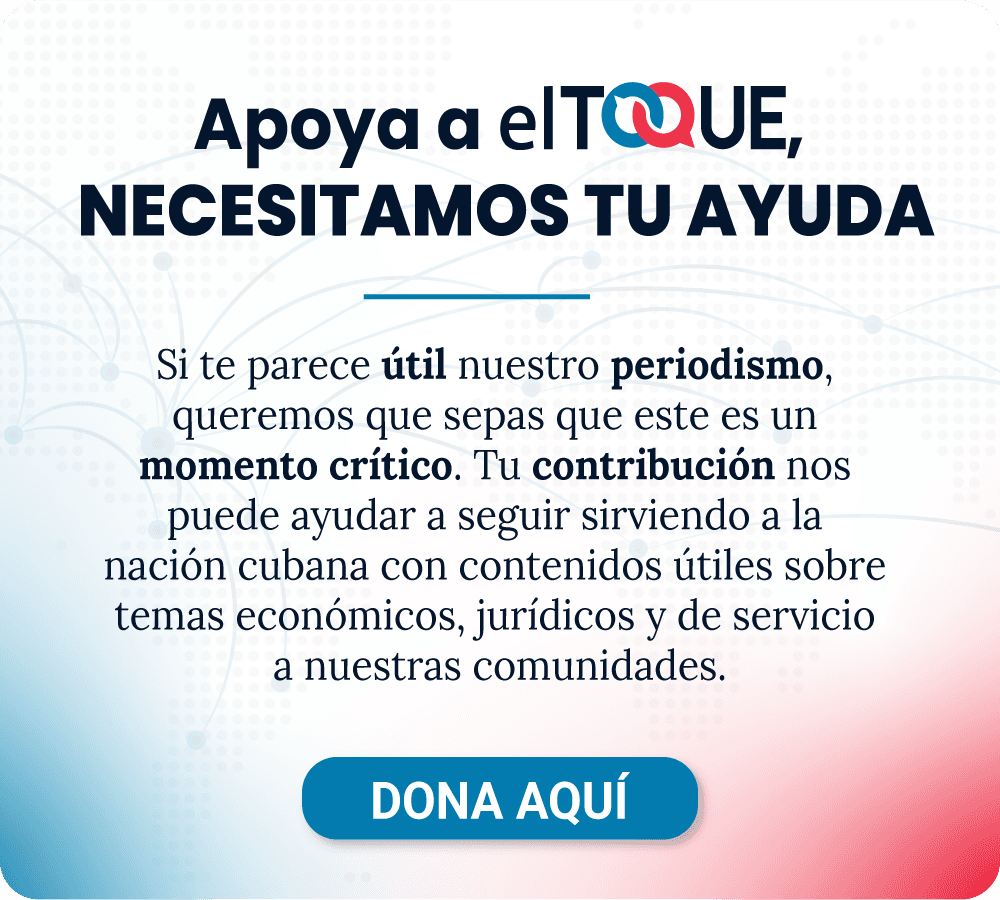U.S. Dollar Hits 400 Cuban Pesos in Informal Market

Photo: Gaesa
The U.S. dollar (USD) in Cuba’s informal exchange market reached 400 Cuban pesos (CUP) on Monday, August 11, 2025, according to the reference rate published by elTOQUE. The new milestone comes amid a severe shortage of foreign currency, weak domestic production, and high demand for dollars and other foreign currencies.
This marks the highest value ever recorded by elTOQUE’s Informal Market Representative Rate (TRMI) since its launch in 2021. The figure surpasses previous crisis peaks, including the so-called “Special Period” of the 1990s, when the dollar reached a maximum of 150 CUP.
The euro, another currency actively traded in Cuba’s black market, remains at a record 445 CUP, a level first hit last week. Meanwhile, the value of the Cuban government’s virtual currency — the freely convertible currency (MLC), pegged to the USD — continues to decline, standing at 207 CUP as of August 11, 2025.
The TRMI reflects median exchange rates drawn from buy-and-sell listings posted in social media groups and online classifieds. Despite Cuban state media campaigns to discredit it, the methodology has been validated by several experts and the UK-based academic journal Applied Economics.
Official Rates Far From Market Reality
Official exchange rates remain widely disconnected from street prices. State companies selling goods and services to emigrants and foreign visitors still use the fixed rate of 1 USD = 24 CUP, while banks and exchange houses (Cadeca) buy dollars from residents at just 120 CUP per USD.
Analysts point to several factors driving the surge in the dollar’s value: chronic foreign currency shortages, the peso’s sustained devaluation, the reliance of small and medium-sized private enterprises (mipymes) on informal markets to obtain hard currency, mass emigration and associated capital flight, the expansion of dollar-denominated stores and cards, and Cuba’s deepening economic crisis.
The “Floating Rate” That Never Came
In December 2024, during a session of the National Assembly of People’s Power (ANPP), Prime Minister Manuel Marrero Cruz announced the approval of a floating exchange rate system for 2025, aimed at boosting remittance inflows.
“At present, the official rate discourages formal remittance channels. If someone needs pesos, it’s not worth sending money through the bank, where they’d get 1 USD for 120 CUP, when in the informal market they could get 320 CUP,” Marrero said at the time, using figures from late 2024.
More than six months later, the promised currency reform remains unimplemented, while the dollar and euro continue hitting record highs in the black market.
In December 2024, Cuban economist Pavel Vidal warned that adopting a floating rate for retail currency exchange would be uncharted territory for the country. Based on official statements, the system would operate through banks and Cadecas, marking the first time Cuba’s economy adopts a daily-updated floating rate.
But in June 2025, at the Ninth Congress of the National Association of Economists and Accountants (ANEC), Economy and Planning Minister Joaquín Alonso Vásquez tempered expectations. While acknowledging that “alternatives are being analyzed,” he stressed the need to “minimize risks.”
“We have actions mapped out for each stage, but the risk is high. Any measure in this area must ensure the rate doesn’t spiral out of control — something very difficult to achieve in a context of scarce foreign currency and low domestic supply,” Alonso said.
His remarks amounted to a tacit admission that the root cause of Cuba’s exchange rate crisis is the lack of domestic production and goods supply.









Comments
We moderate comments on this site. If you want to know more details, read our Privacy Policy
Your email address will not be published. Mandatory fields are marked with *